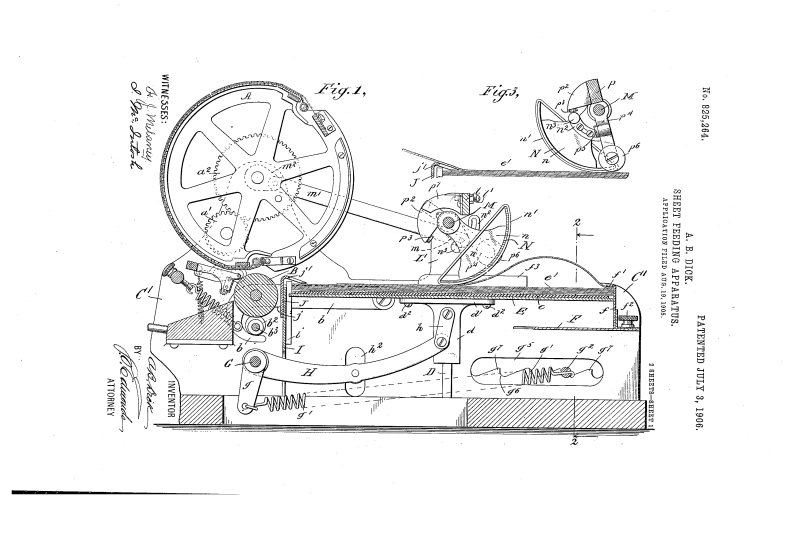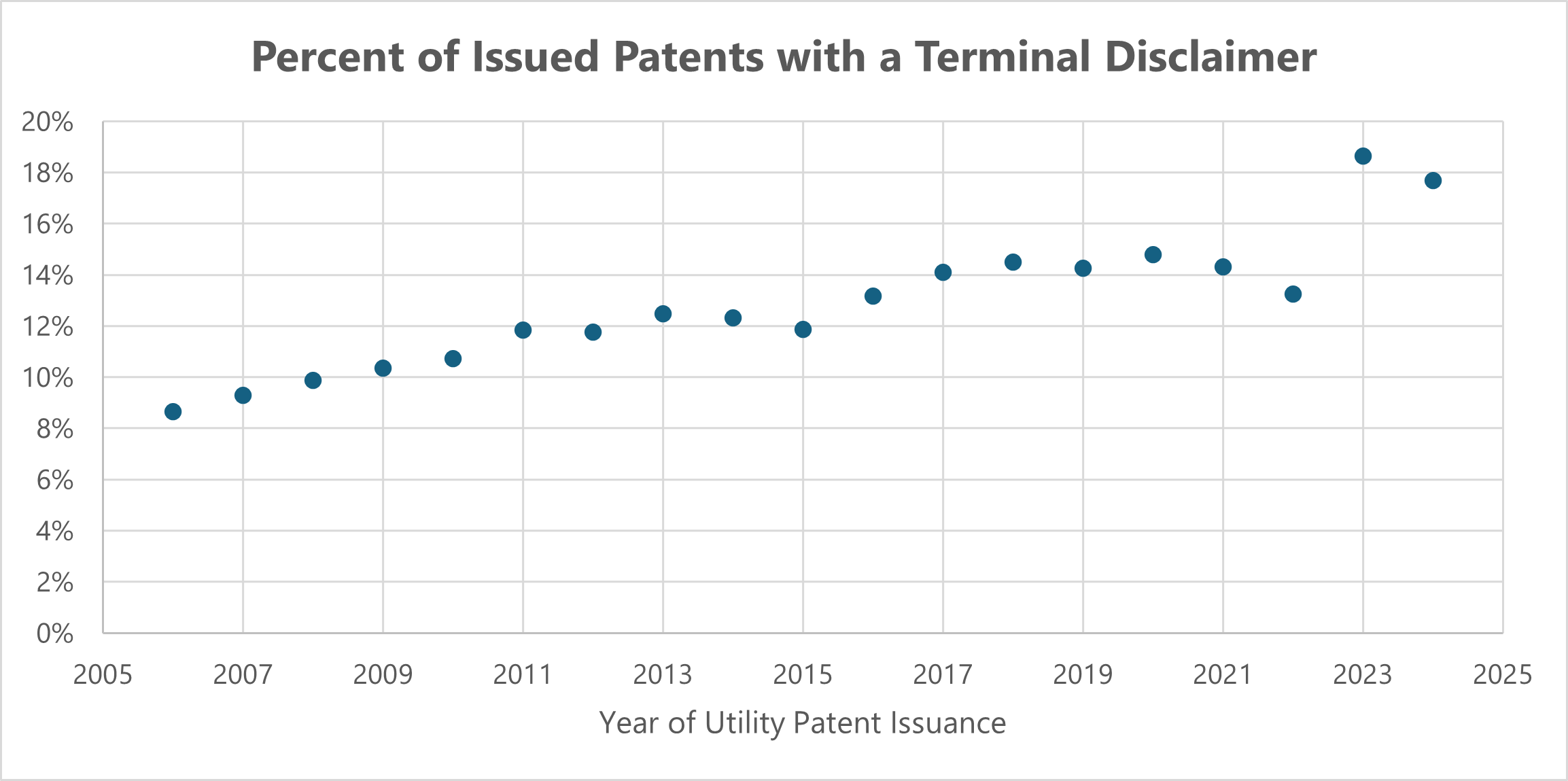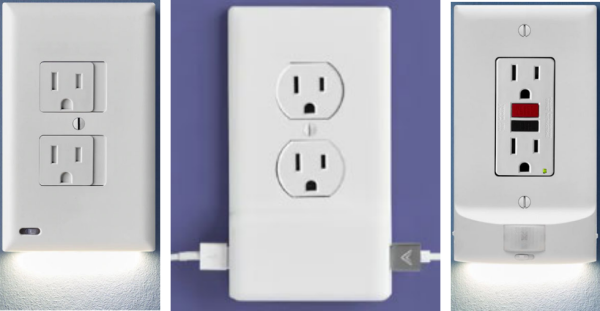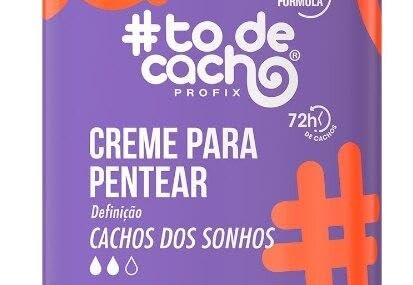by Dennis Crouch
In a new Appeals Review Panel (ARP), the USPTO has clarified the Office’s position on means plus function claims — explaining that the specification need not describe statutory equivalents to satisfy the written description requirement. The outcome here shows value for the intentional use of means-plus-function limitations as a mechanism for expanding patent scope when genus claims are otherwise unavailable.
Still the court maintained the written description rejection on other grounds — finding that the broad preamble “method of treating a patient” to be limiting and not adequately supported by the specification. Perhaps on remand the patentee will amend the preamble to instead claim a “means of treating a patient.” (more…)













